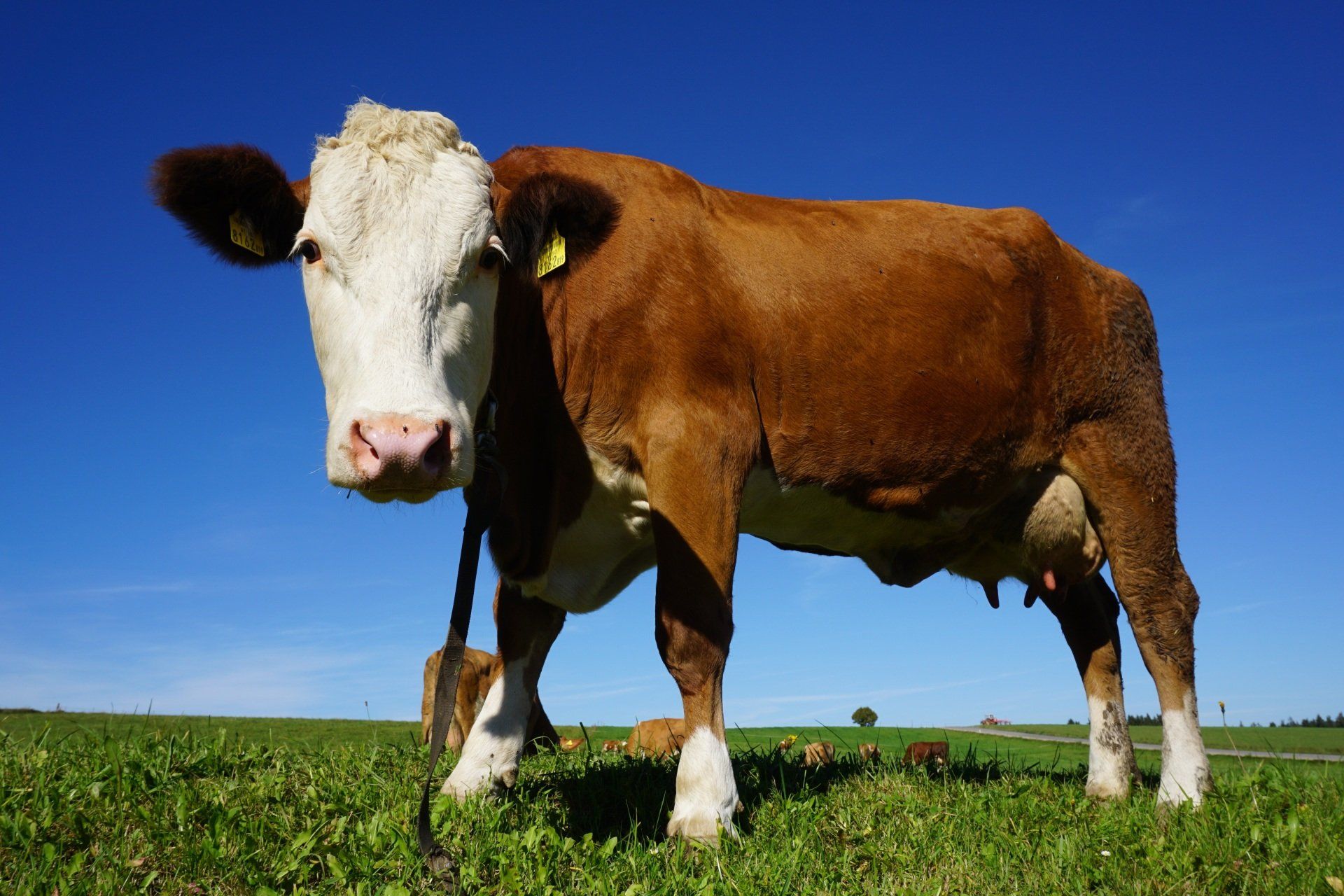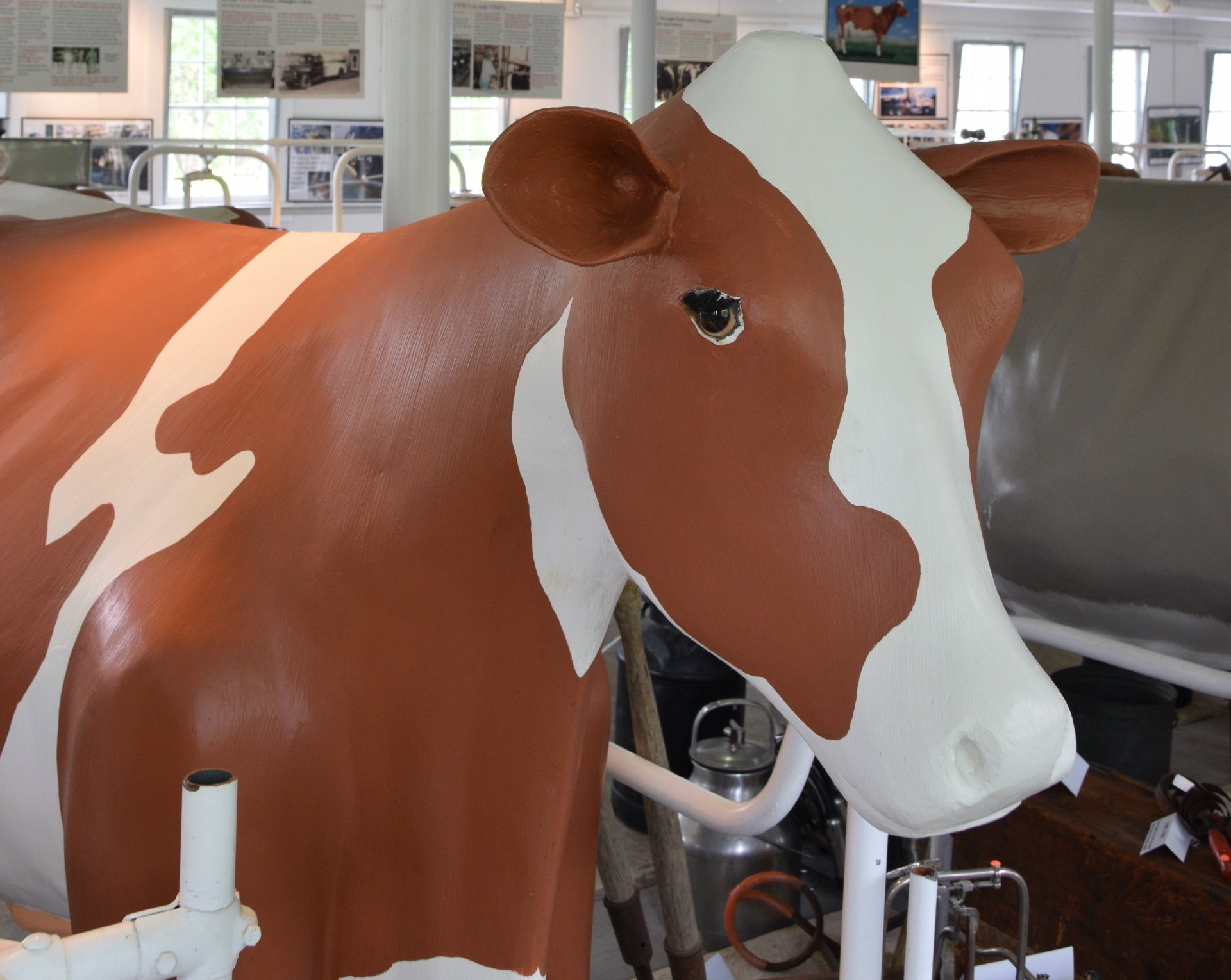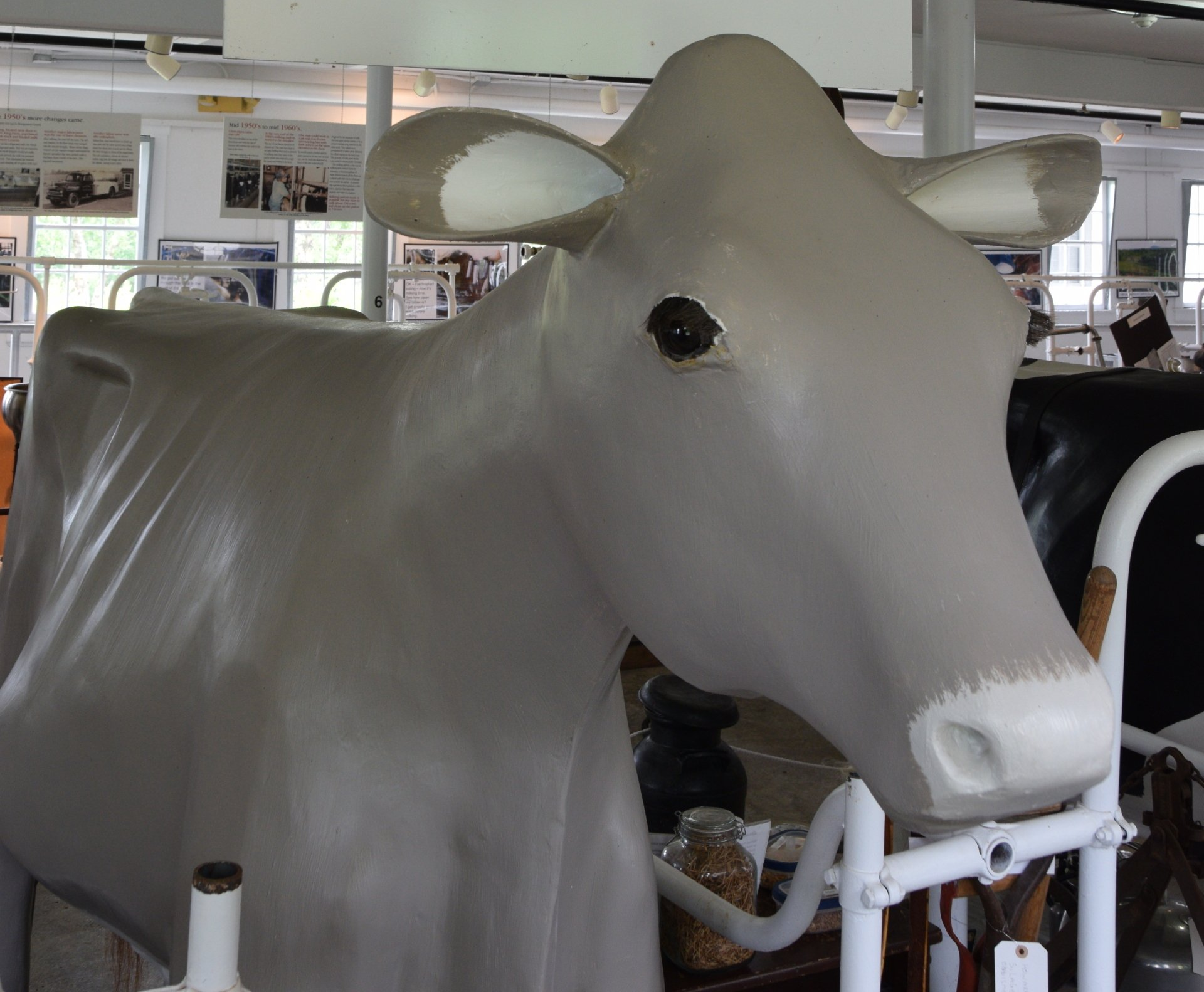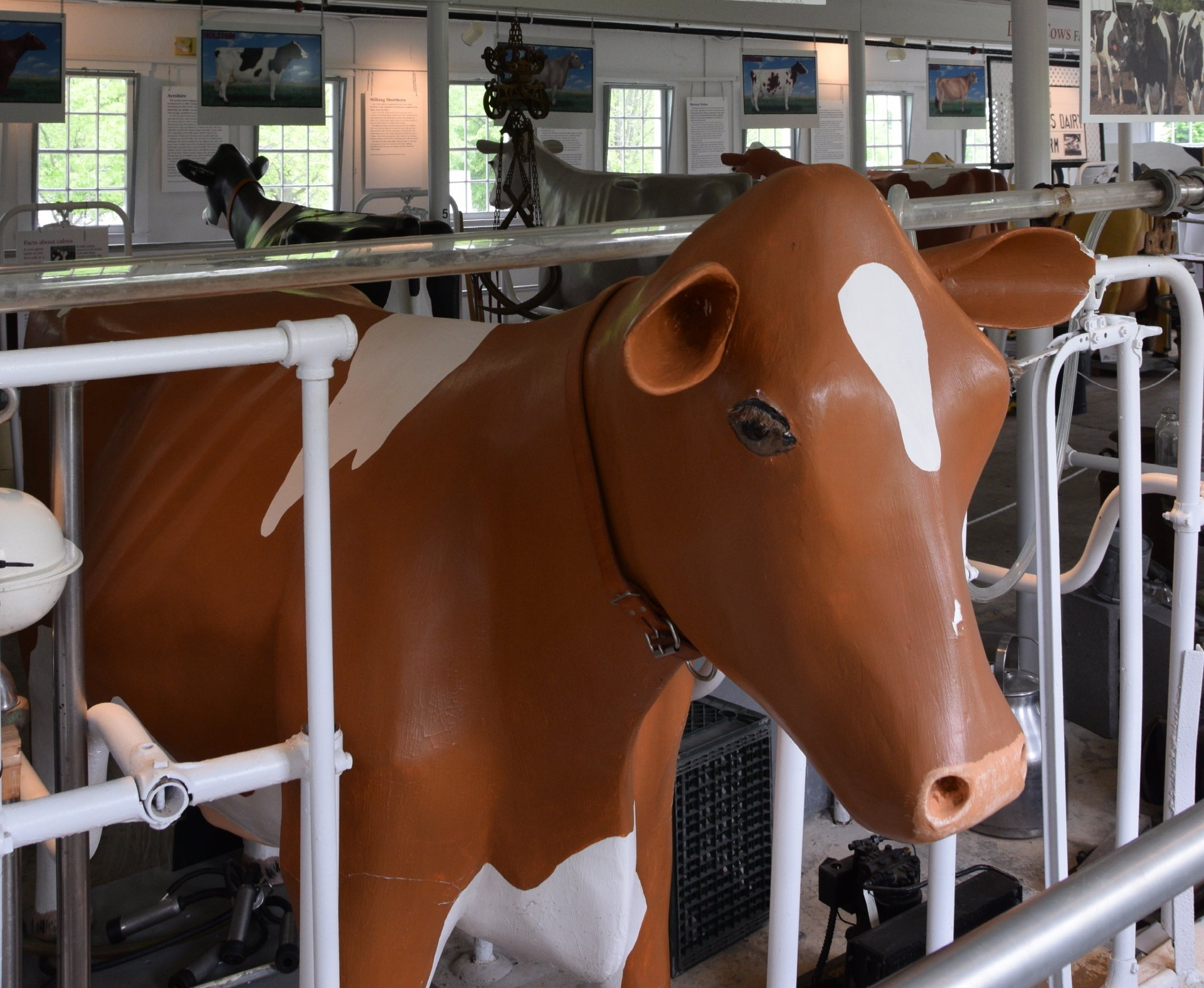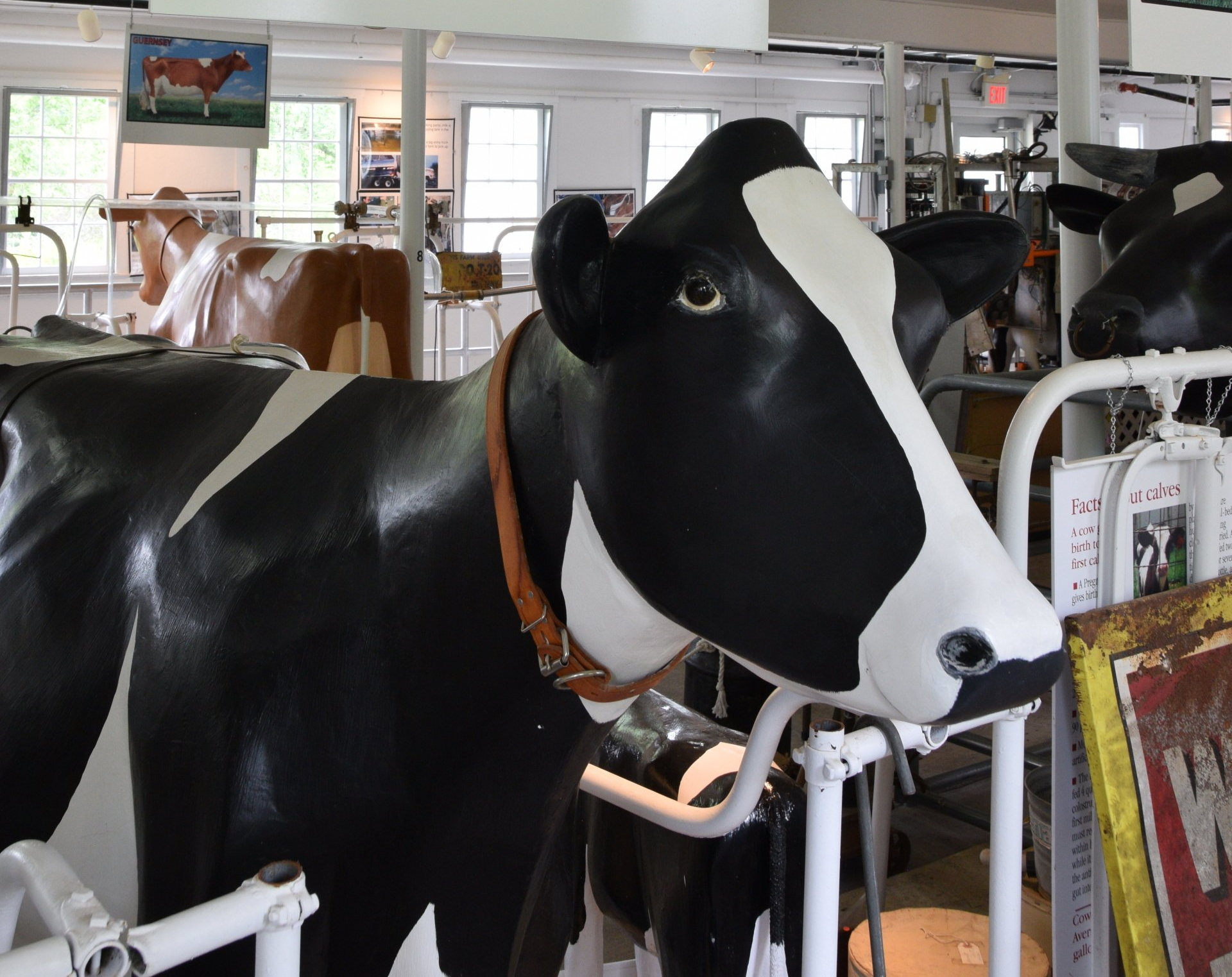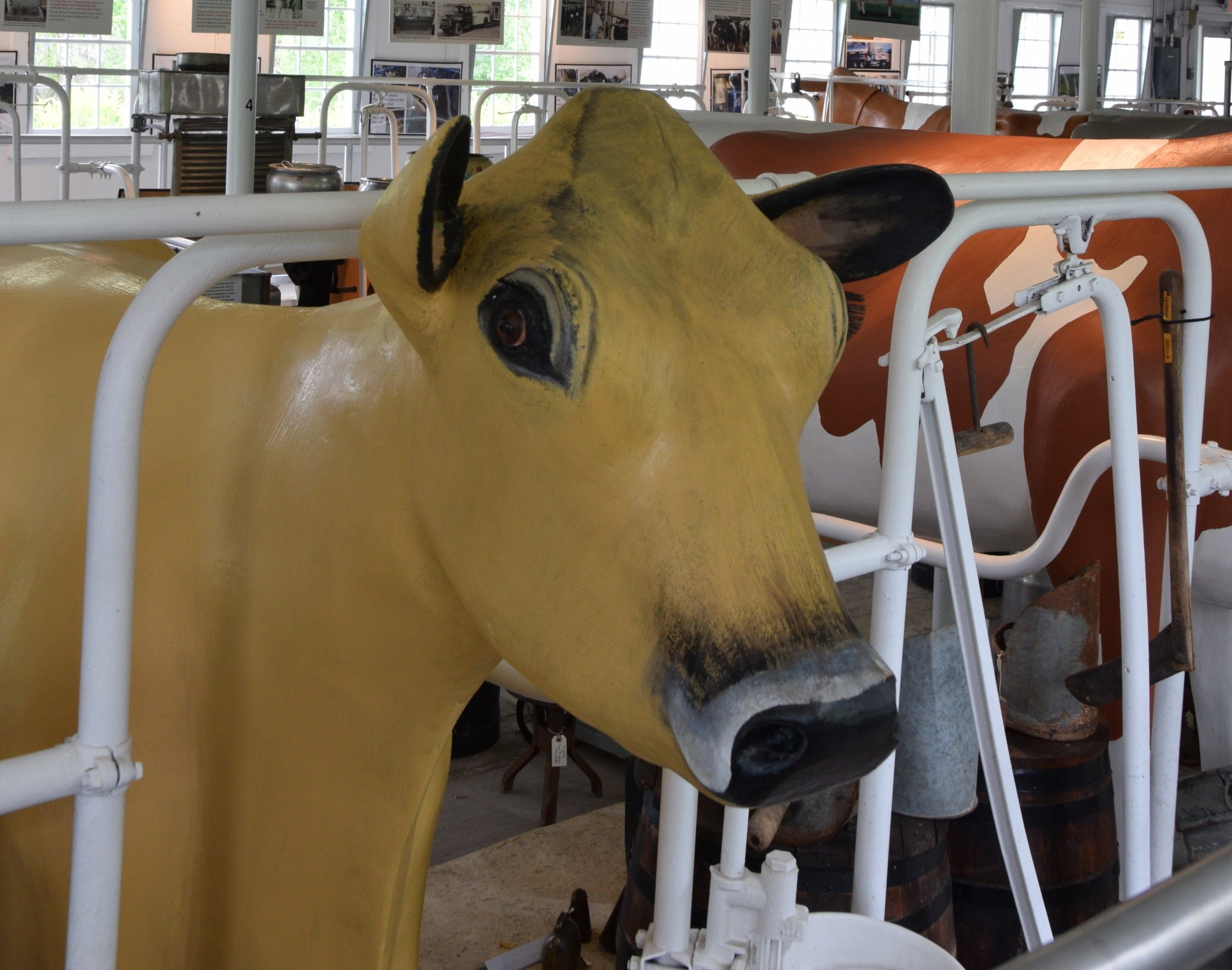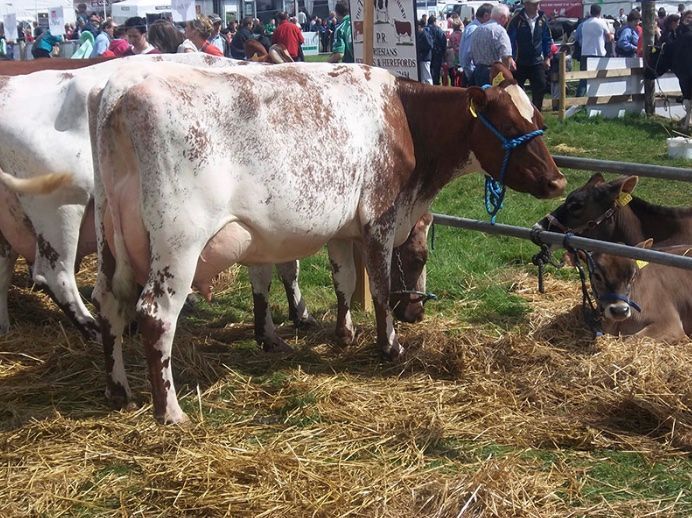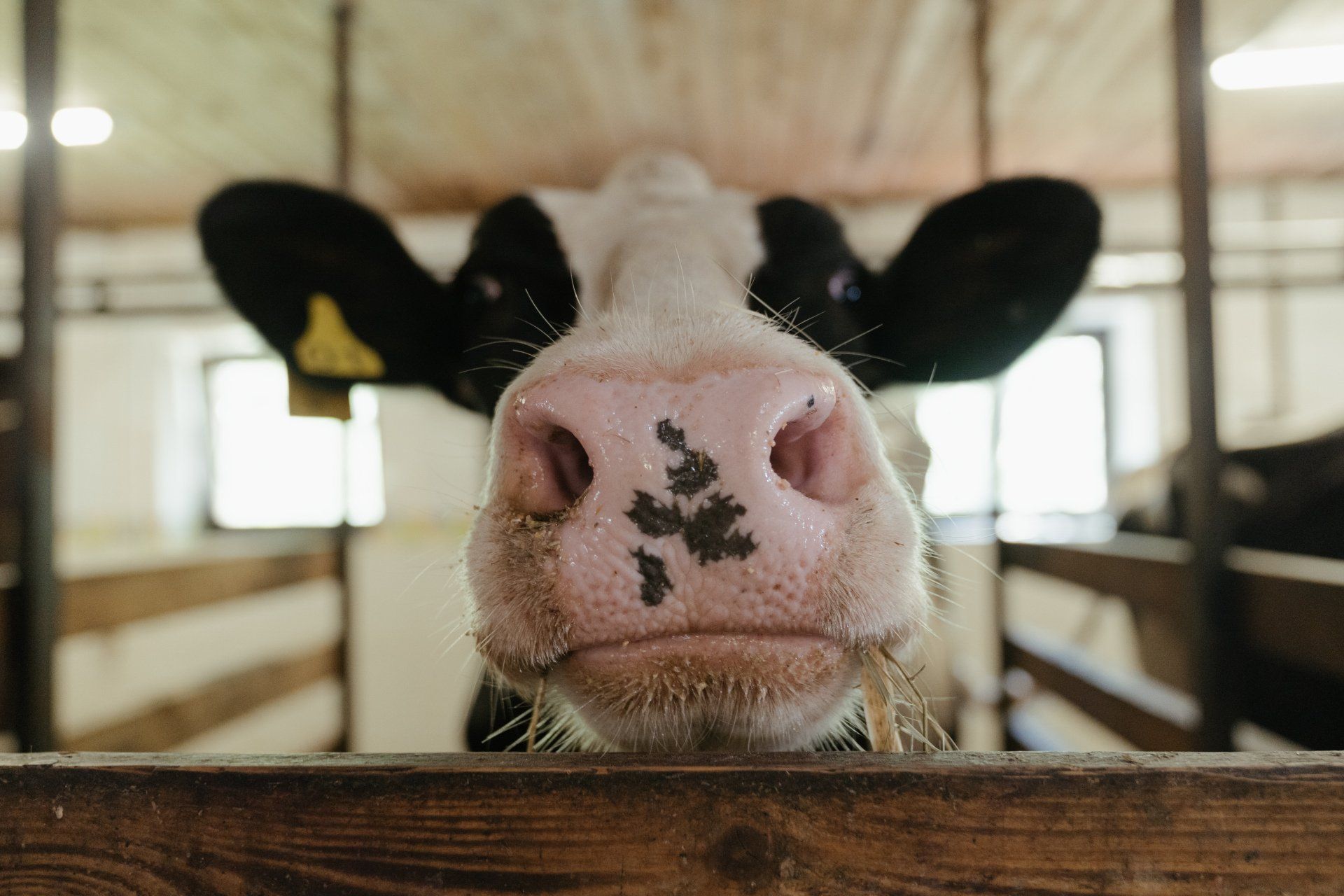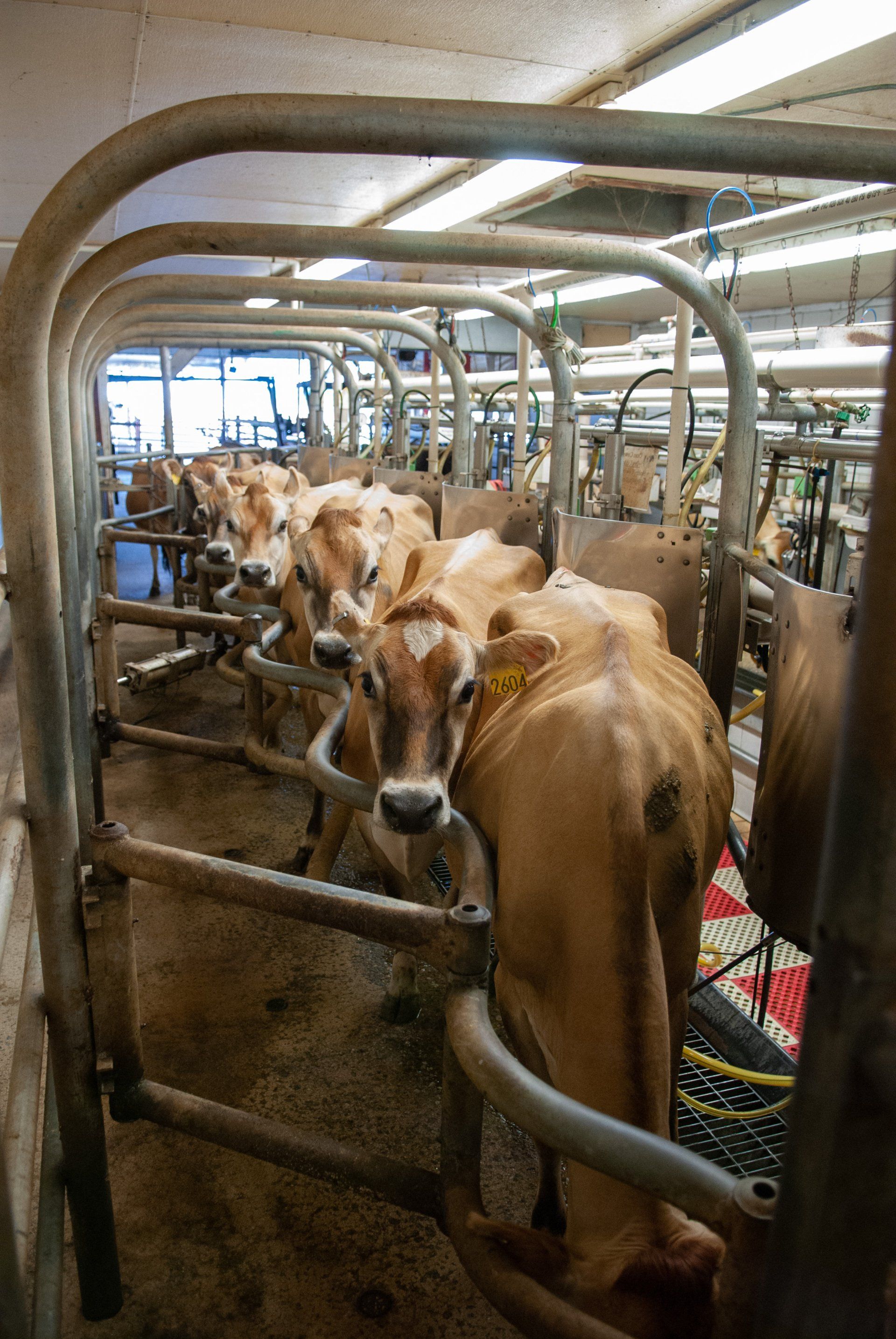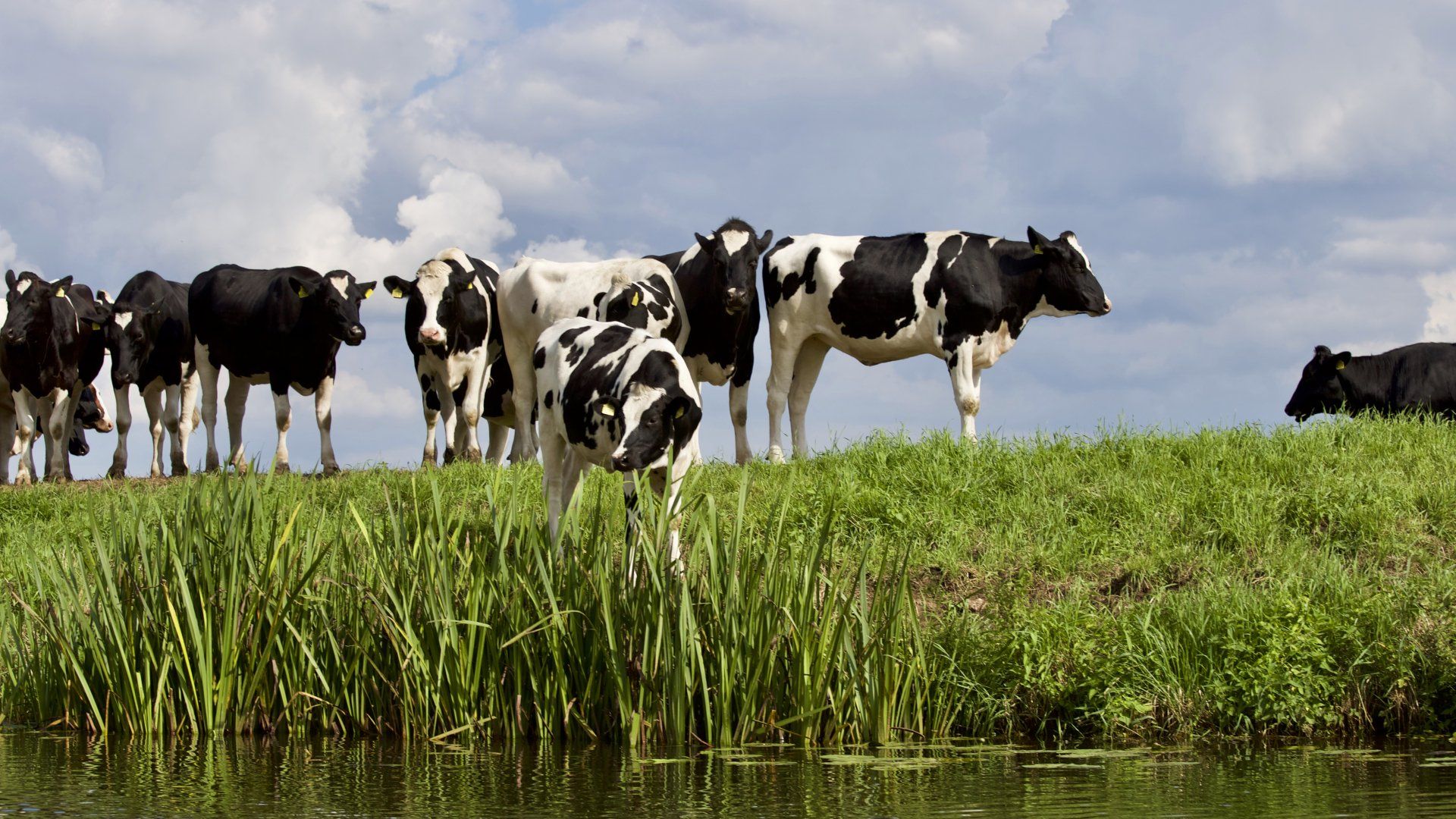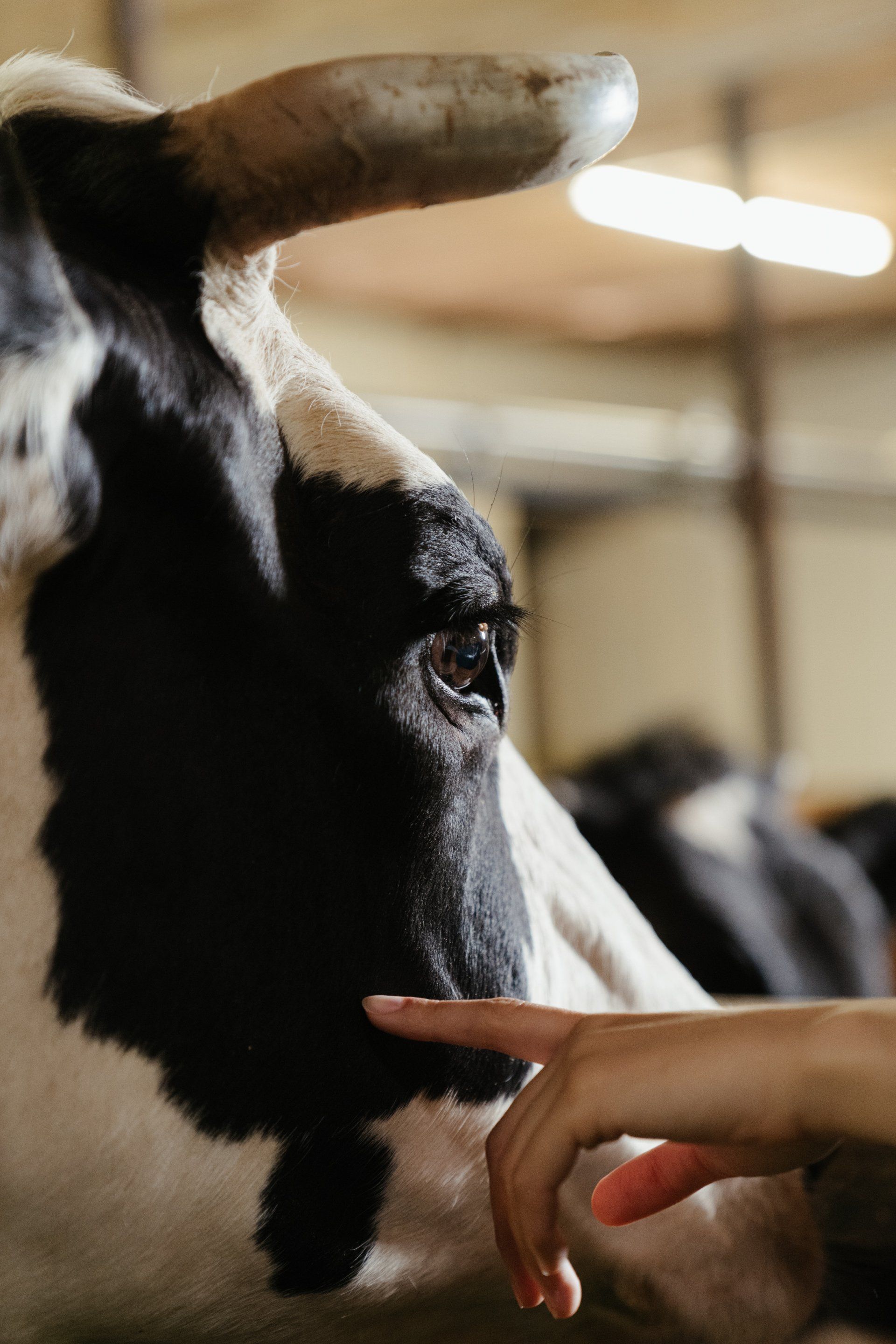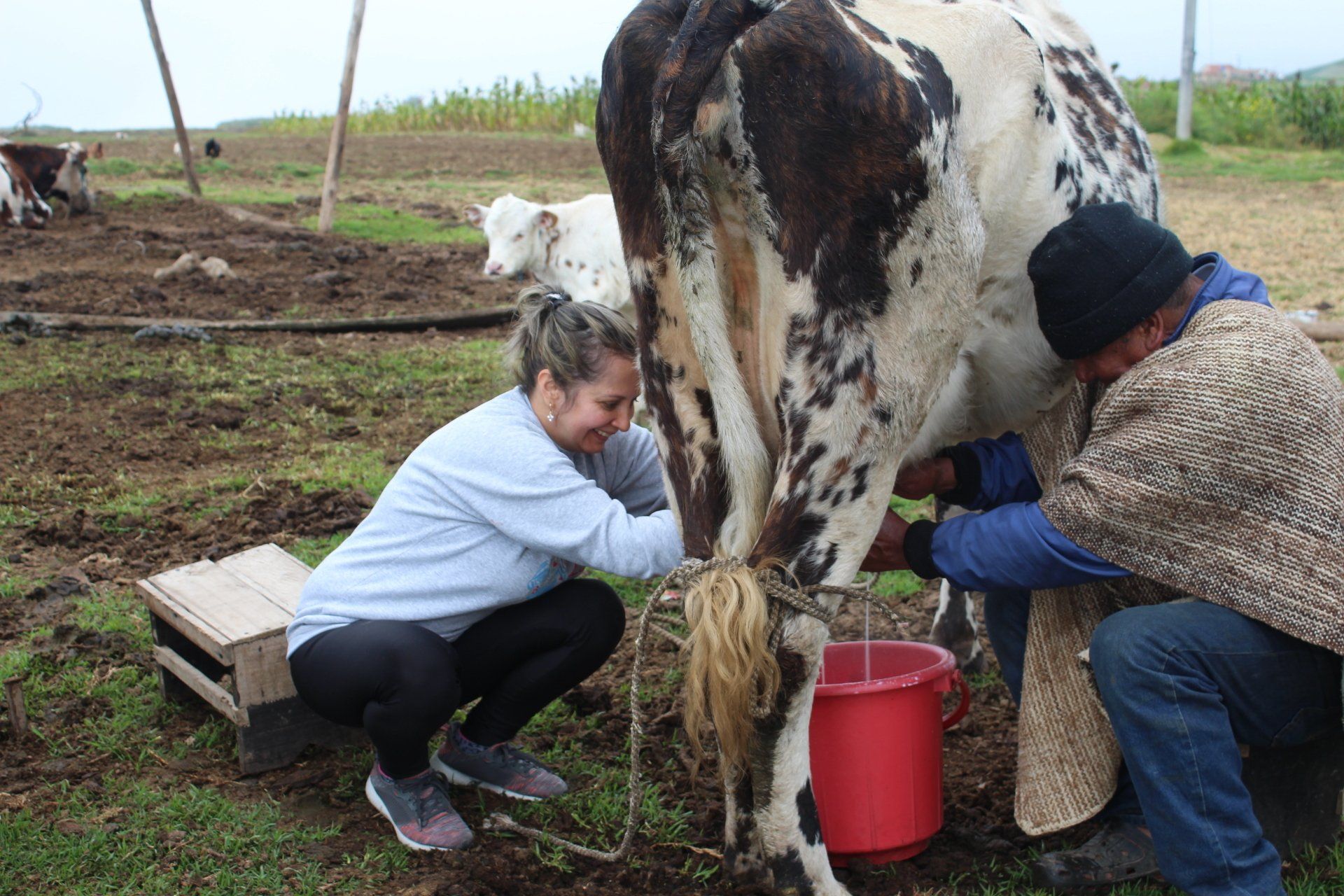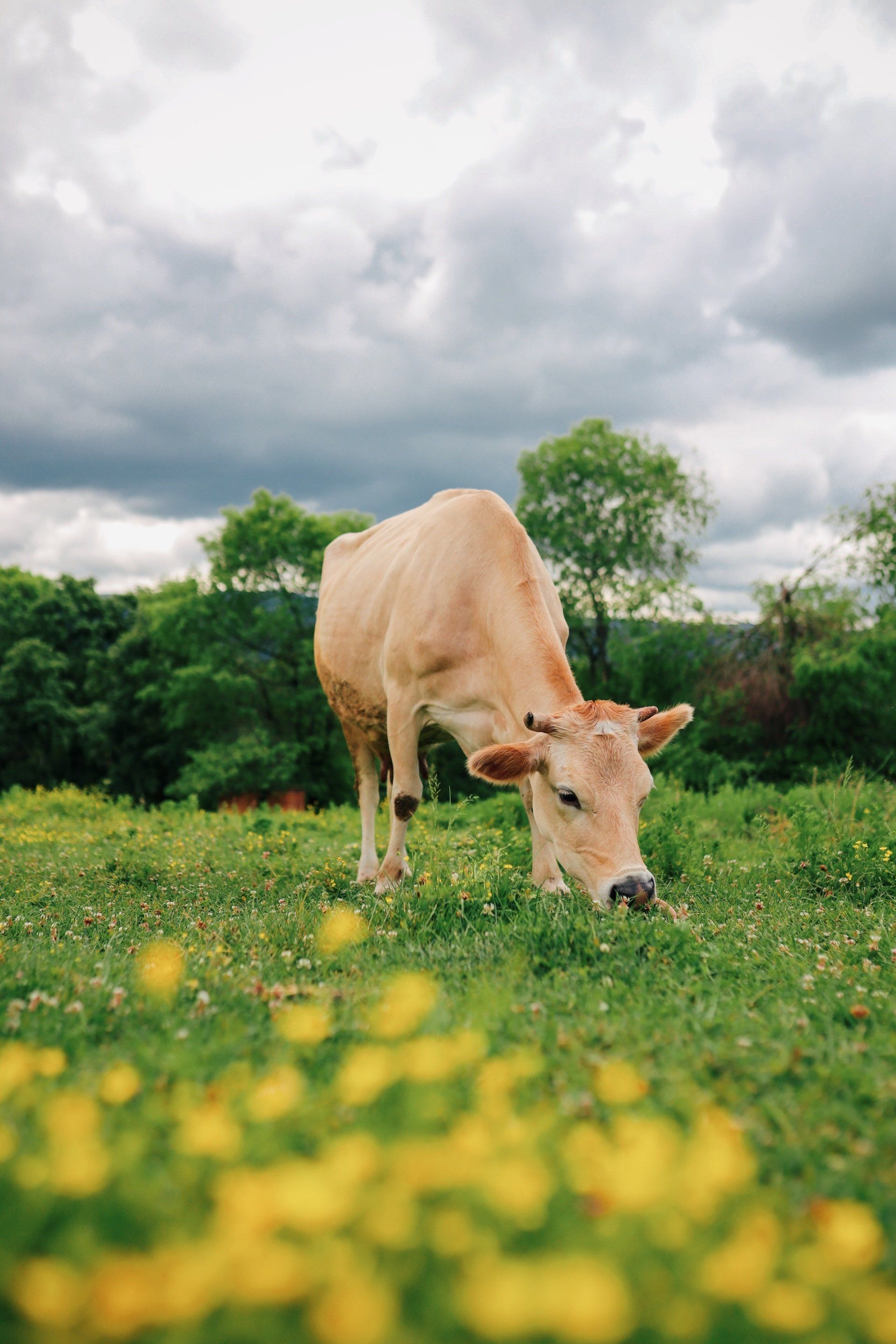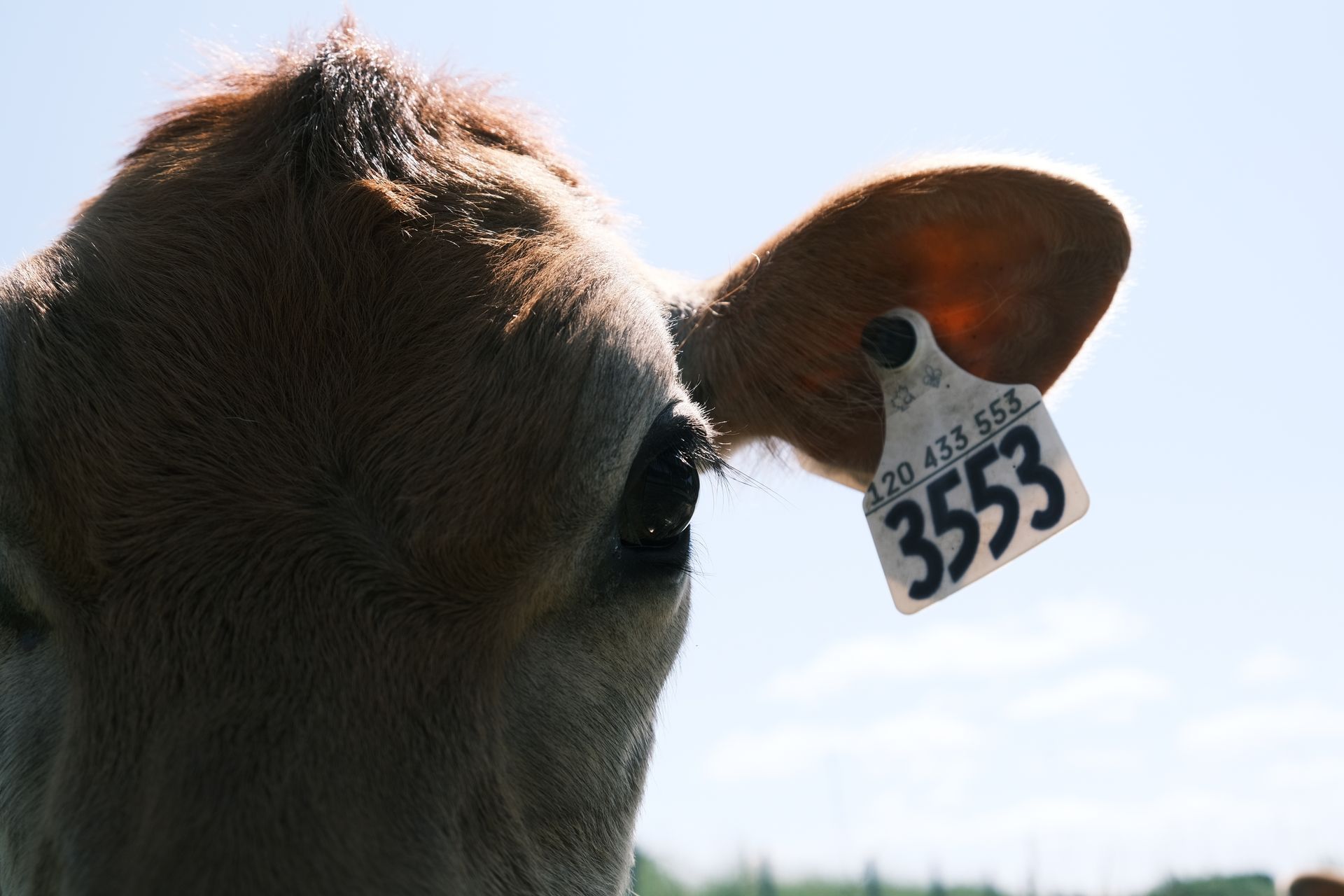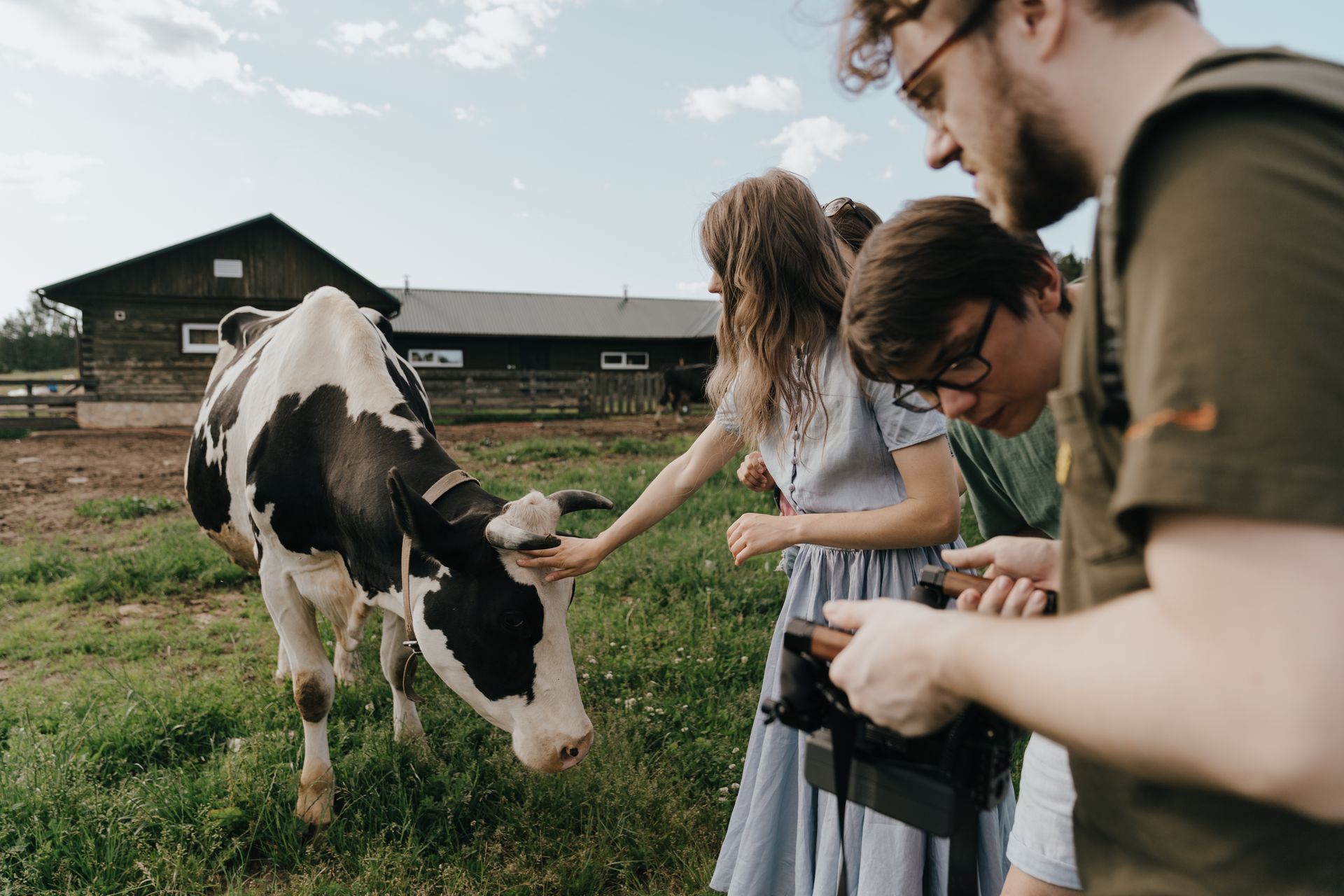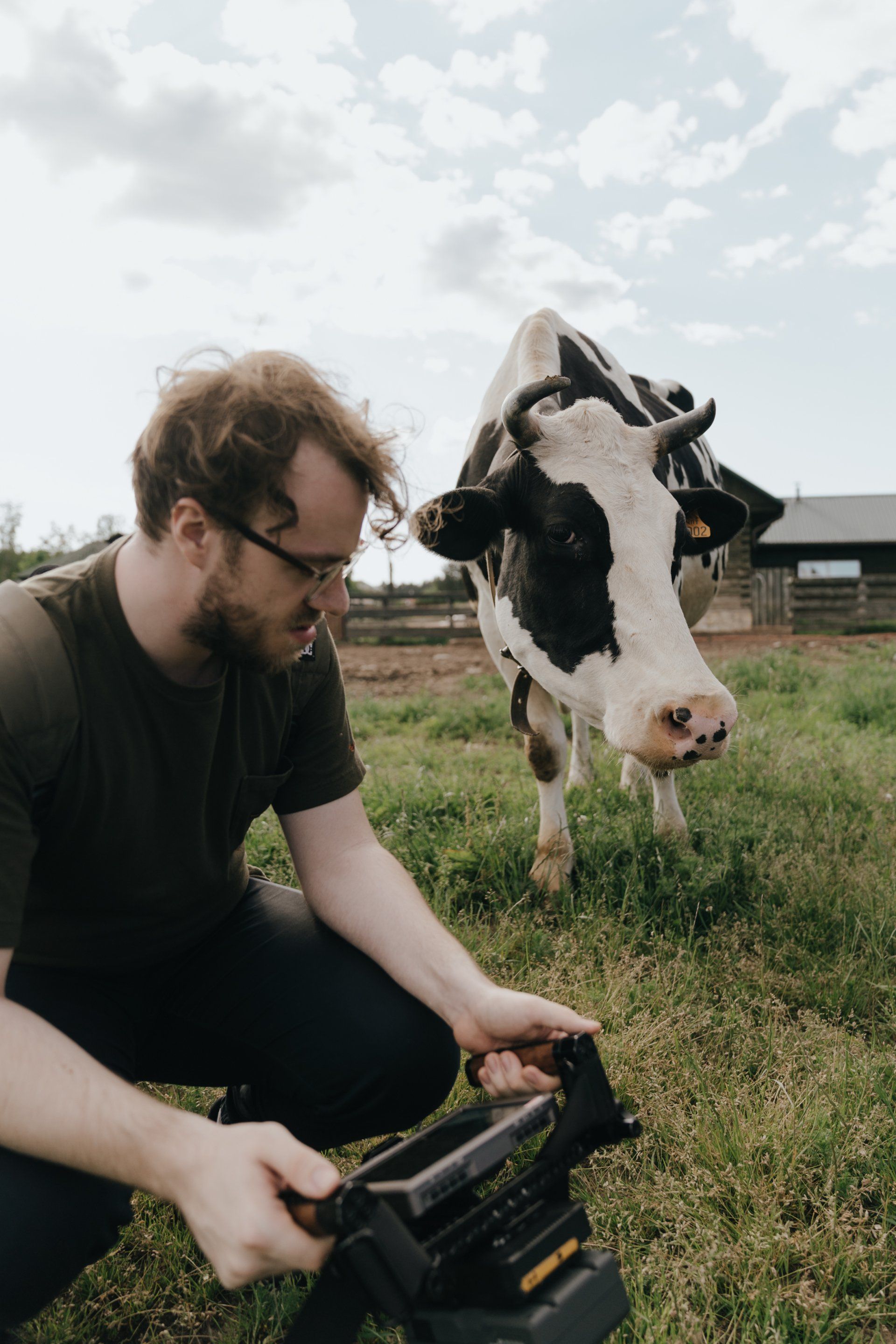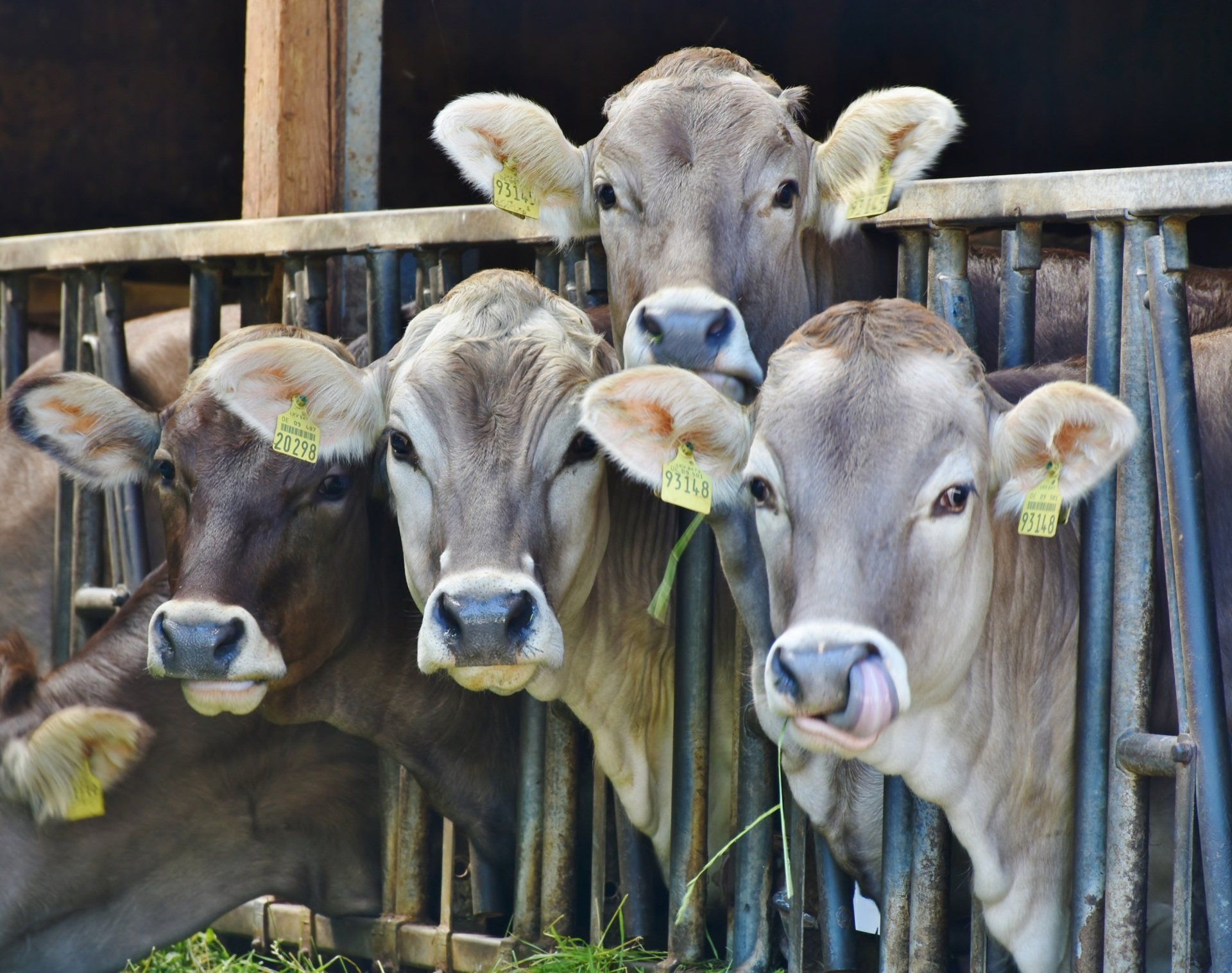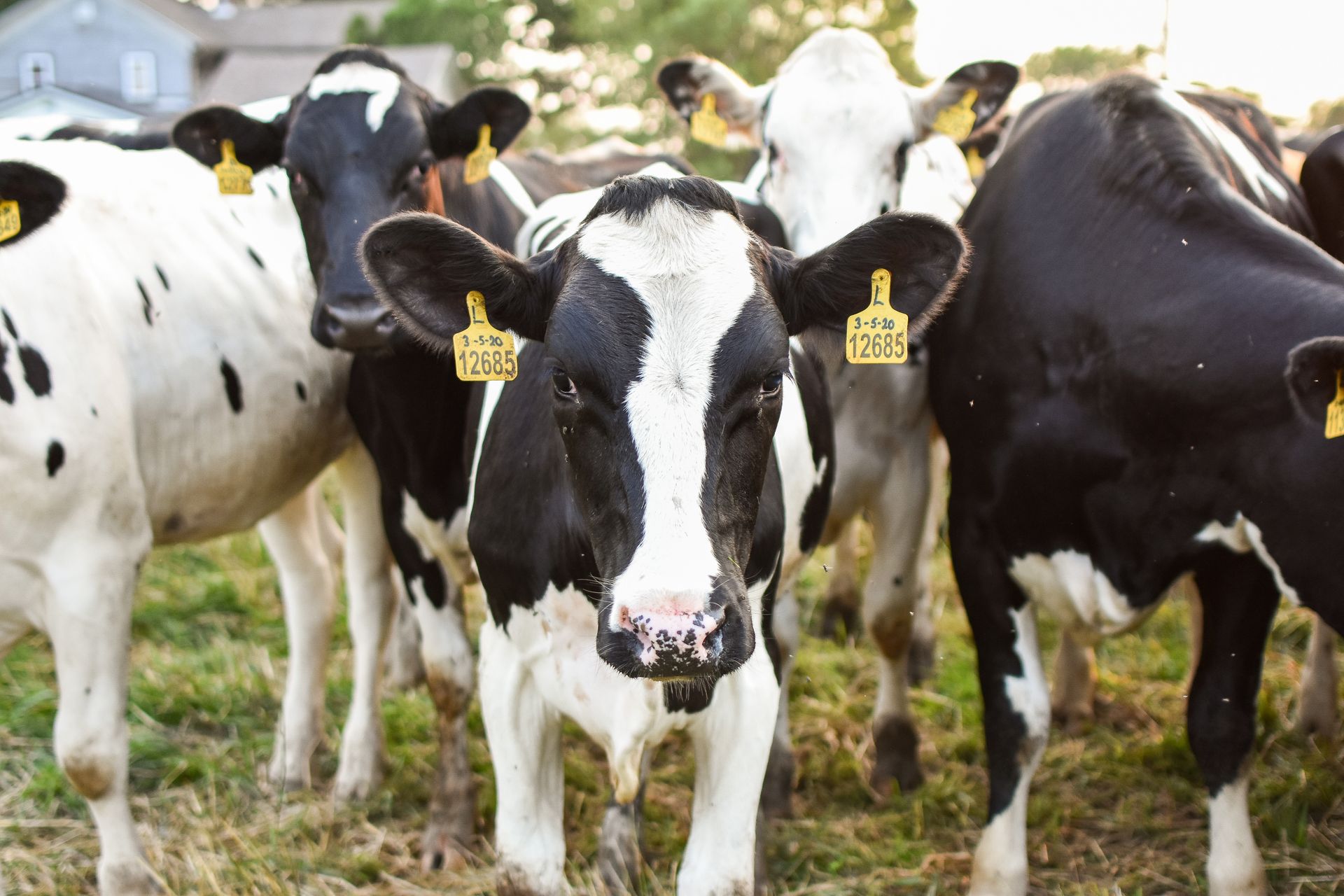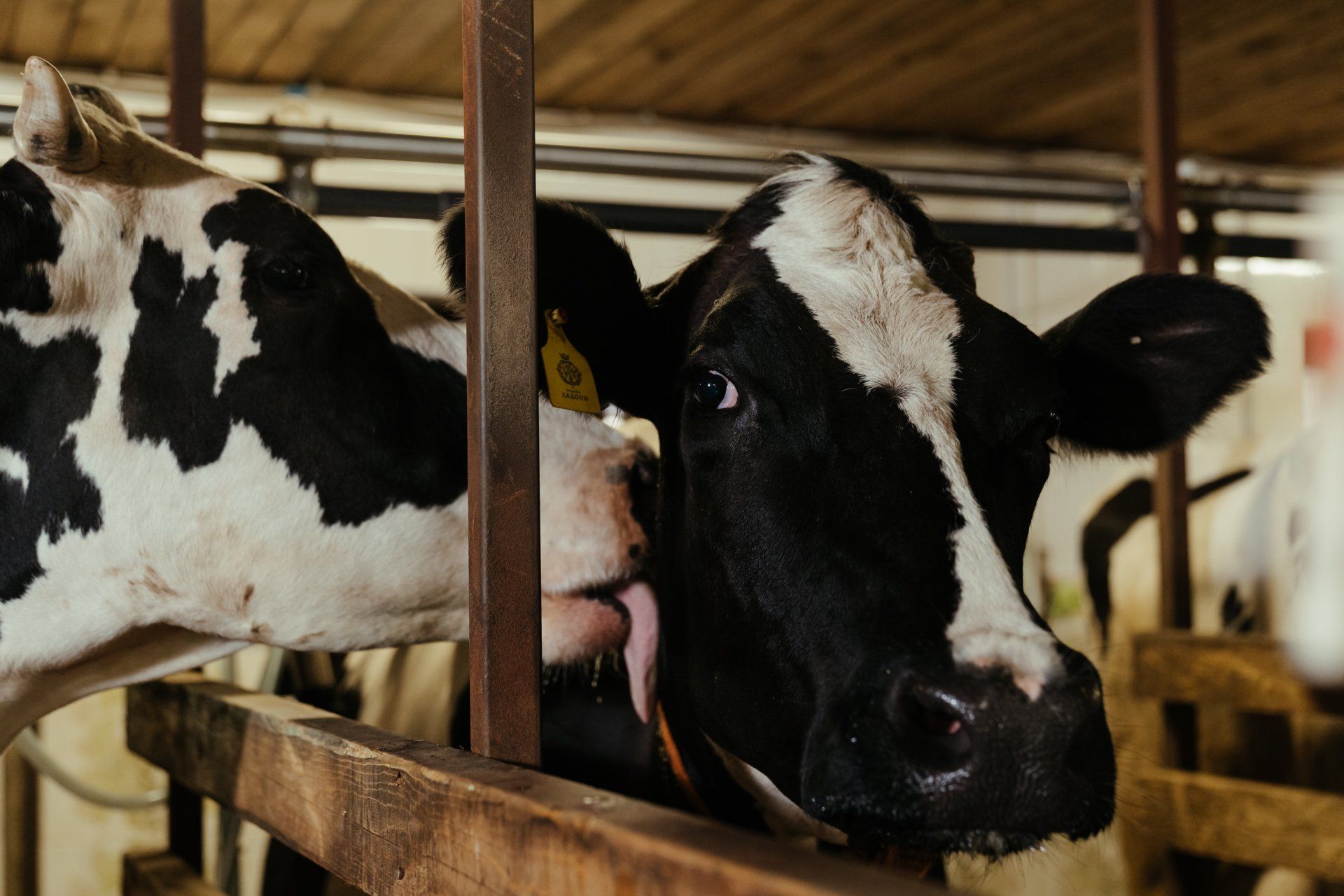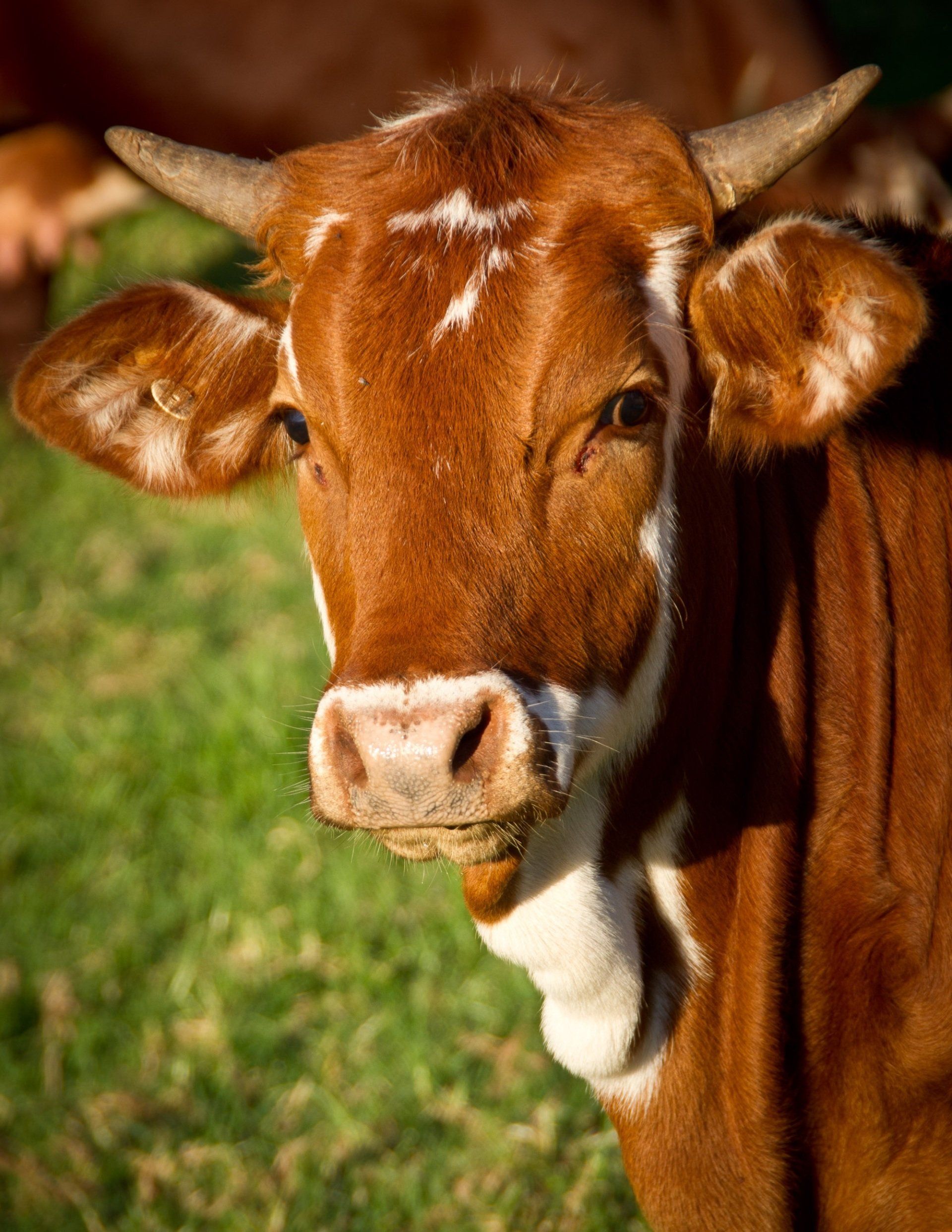The Ayrshire breed originated in the County of Ayr in Scotland prior to 1800. During the breed’s development, it was referred to first as the Cunningham, then the Dunlop and finally the Ayrshire. Its characteristics gradually became well enough established to consider it a distinct breed.
In 1786, the first Ayrshire show was sponsored by the Highland Agriculture Society. Early breeders carefully crossed and selected the various strains of cattle to develop the Ayrshire. She was suited for the land and climate in Ayr. She was an efficient grazer, noted for her vigor and efficiency of milk production. She was especially noted for the superior shape and the quality of her udder. The composition of her milk made it ideally suited for the production of butter and cheese by early Scottish dairymen.
Ayrshires are red and white. The red color is a reddish-brown mahogany that varies in shade from very light to very dark. For many years, Ayrshire horns were hallmark of the breed. These horns often reached a foot or more in length. They were light colored, except for the dark color on the last few inches of the tips of the horns. When properly trained, they gracefully curved out, and then up and slightly back. When polished for the show ring, Ayrshire horns were a spectacular sight.
Ayrshires are medium-sized cattle and should weigh over 1,200 pounds at maturity. They are strong, rugged cattle that adapt to all management systems. Ayrshires excel in udder conformation and have good feet and legs. Other traits that make Ayrshires attractive to the dairy farmers include the vigor of Ayrshires calves. They are strong and easy to raise.
Information from the Ayrshire Association and Oklahoma State University.


